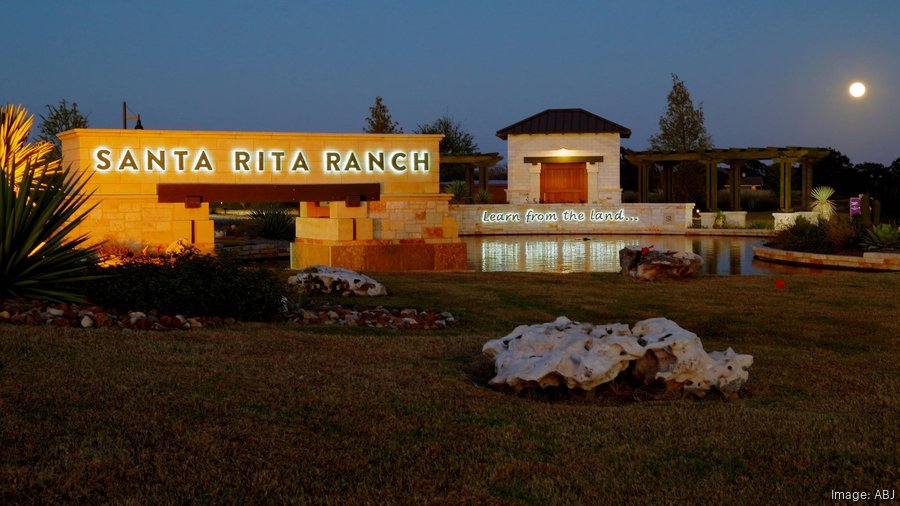
Austin Business Journal shares, "With a population increase from 2020 to 2023 of 14.5%, Williamson County is clocking more new residents than all other counties in this fast-growing region.
So how do the suburbs there stack up to each other? We examined data Opportunity Austin pulled from the U.S. Census Bureau, looking at the population growth in the county’s incorporated places from 2020 to 2023, to figure that out.
Georgetown has been designated as the nation’s fastest-growing city of at least 50,000 people for the past three years, and it has been adding more people than any other city in the county. But, as the graphic indicates, Georgetown isn't the fastest growing, percentage-wise. Smaller cities have the advantage on that metric, and it shows with triple-digit population booms in Jarrell and Liberty Hill.
Liberty Hill is a good example of a smaller city arguably seeing more change than Georgetown. The smaller a pond, the bigger a ripple will appear. Going from 3,646 residents in 2020 to 10,428 almost triples the population and equates to a 185% growth rate since the pandemic pushed people to more rural settings.
Key to the growth: Liberty Hill has ever-growing housing stock. The city is home to Santa Rita Ranch, a Texas-size neighborhood that has claimed the title of the top-selling master-planned community in the Austin area multiple years running. And while it ranked second this year, it has made multiple appearances at the top of the Austin Business Journal's list of fastest-growing neighborhoods in Central Texas. In 2023, the neighborhood saw 460 home starts and 644 home closings, with prices ranging from $300,000 to $1.36 million.
A second small city claimed the No. 2 fastest-growing ranking. Jarrell, located in the metro’s northern reaches, grew 127%, growing to an estimated population of 3,980 from 1,753. Jarrell is also home to one of the region’s fastest-growing neighborhoods, Sonterra, which ranked third on ABJ's list of fastest-growing neighborhoods. Homes in Sonterra range from $182,000 to $409,000, and the neighborhood saw 389 home starts and 559 homes sold in 2023.
Georgetown's population growth of 28,848 people from 2020 to 2023 was the largest pure population gain for the entire metro, amounting to a 43% increase, which is the fifth-highest overall in the metro and third-highest in Williamson County.
Georgetown’s population reached an estimated 96,312 last year. Major employers and homeowners have targeted the city over the past several years due to its proximity to major highways such as I-35 and its large swaths of open land rich with development opportunities. Companies that have set up shop in Georgetown in recent years include GAF Energy LLC, CelLink Corp., US Farathane Corp., Hanwha Advanced Materials LLC and ZT Systems.
Other fast-growing sections of the county include Leander growing 35% to reach a population of 80,067 and Elgin, which is partially located within Williamson County, growing 27% to reach a population of 12,304. Taylor, where Samsung is building a massive factory, only grew 6.4% to reach a population of 17,337.
Two cities in Williamson County lost slivers of their populaces.
Bartlett, which is co-located in Williamson and Bell counties, shrunk by 0.7% as it lost 12 residents from 2020 to 2023. Its total population is estimated to be 1,645. Cedar Park fell from 77,680 to 77,598. That drop of 12 people accounted for a 0.1% loss in population.
The Austin area gained 189,896 residents from 2020 to 2023, according to the U.S. Census Bureau. That comes out to a growth rate of 8.3%. Compare that to the 6.7% thrown up by the closest contenders — Jacksonville, Florida, and Raleigh, North Carolina, according to Opportunity Austin data."
Source: Austin Business Journal
Written by: Cody Baird
Published: December 13, 2024
Posted by Grossman & Jones Group on
Leave A Comment